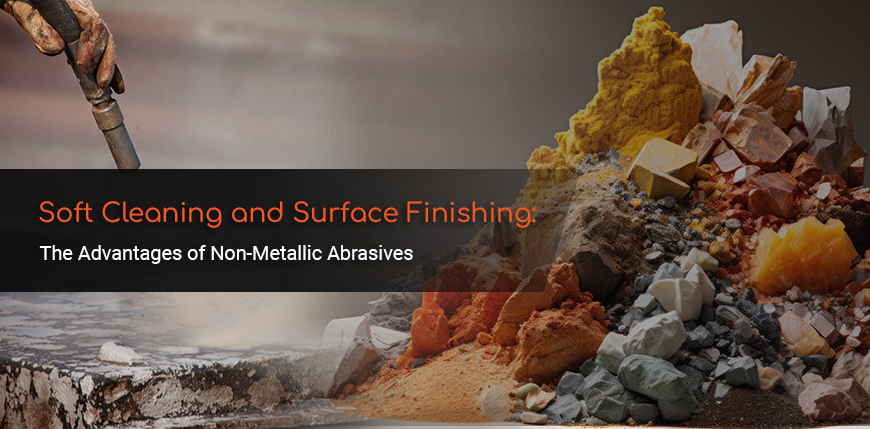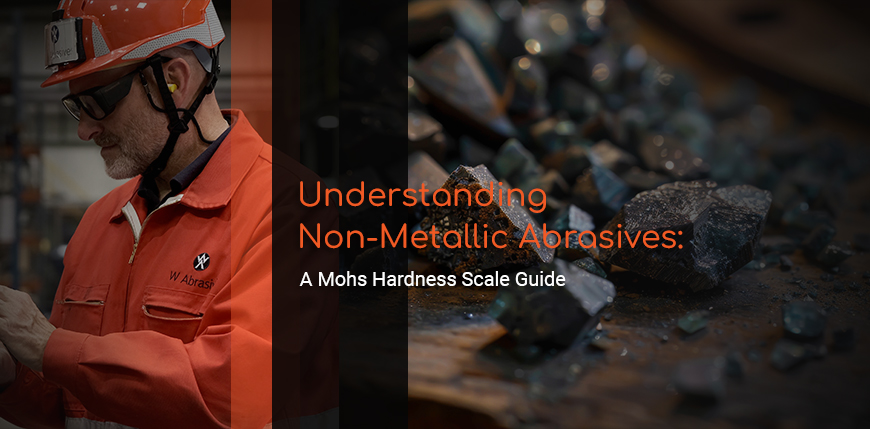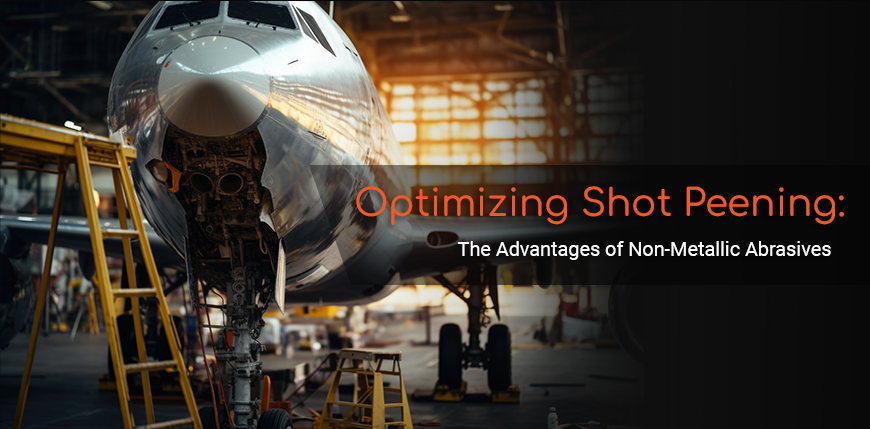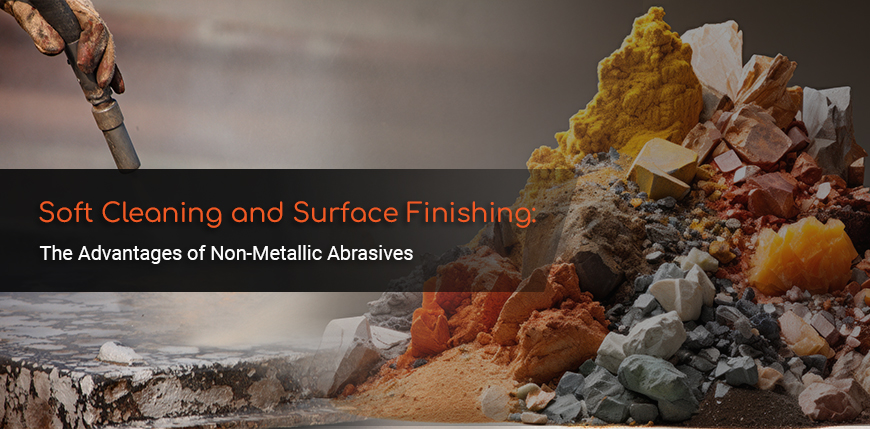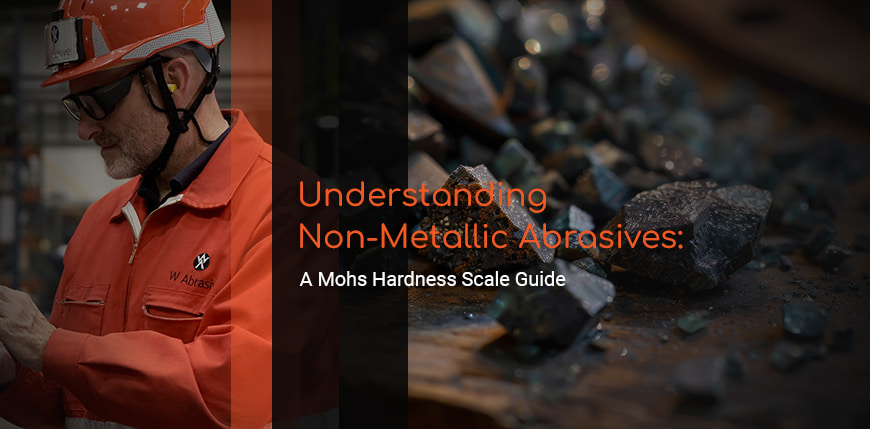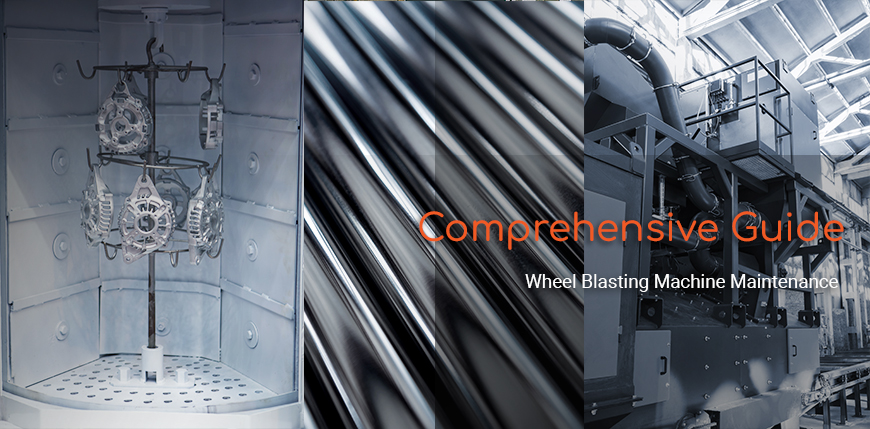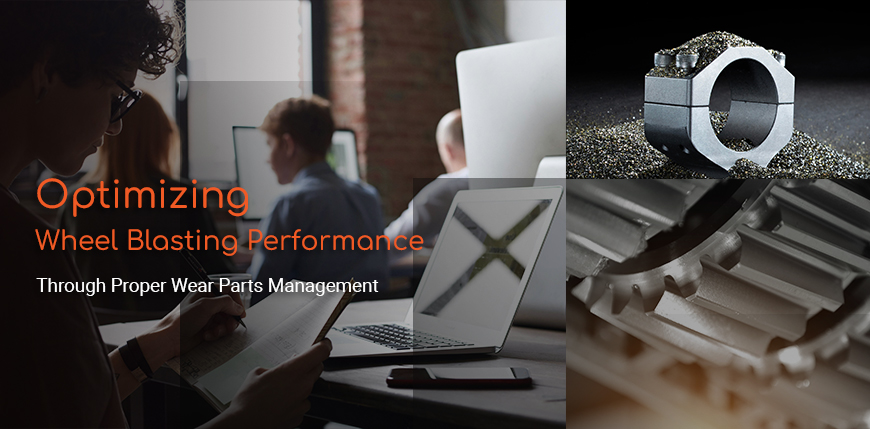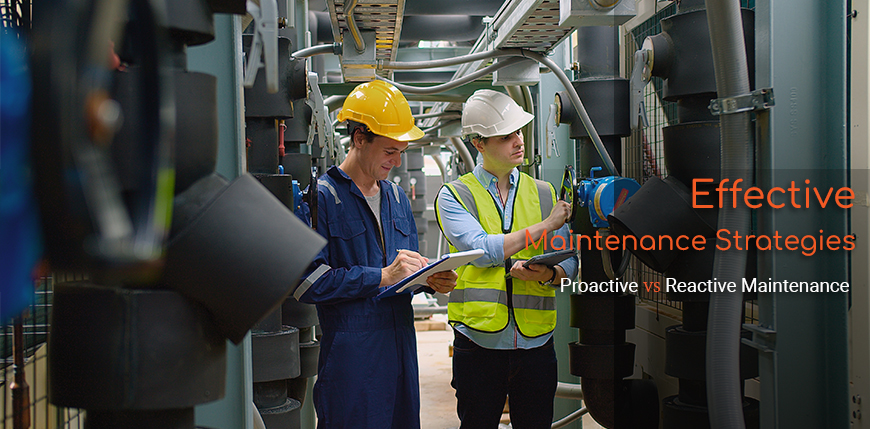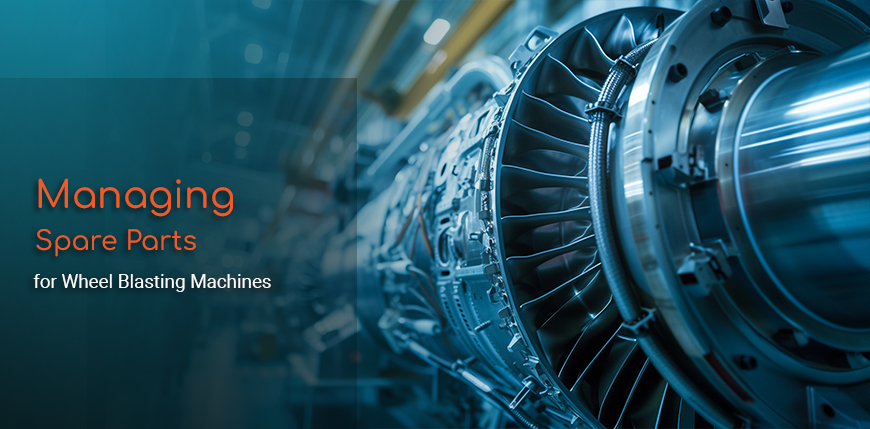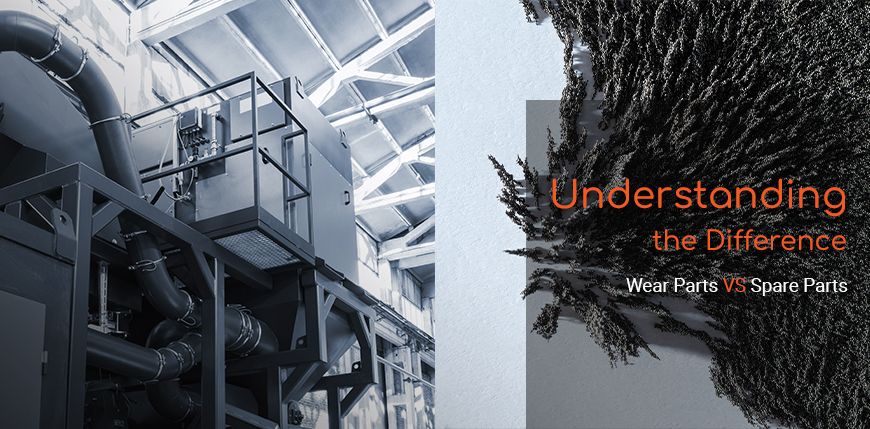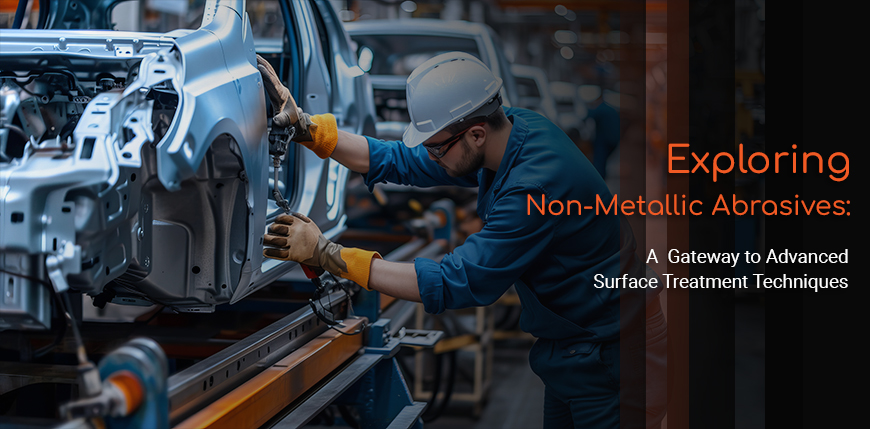
From gentle cleaning and aesthetic enhancements to rigorous surface preparation, the choice of the right abrasive media is pivotal. This comprehensive guide introduces the world of non-metallic abrasives, offering insights into their unique advantages and applications. Through a series of focused discussions, we'll explore the nuances of using ceramic beads, glass beads, plastic media, sinterball, and vegetal media in various surface treatment processes.
Pre-stress Treatments with Non-Metallic Abrasives
Pre-stress treatments like shot peening are critical for enhancing the fatigue strength of components. Ceramic beads and glass beads, with their precise hardness and uniformity, are perfectly suited for these applications, providing the controlled impact necessary for such precise work. These abrasives ensure the integrity of the treated surfaces while optimizing their resistance to stress and fatigue. Discover the benefits of ceramic and glass beads in pre-stress treatments.
Soft Cleaning and Aesthetic Enhancements
The aesthetic appeal and surface integrity are paramount in many industries, requiring a delicate touch that non-metallic abrasives can provide. Glass beads and plastic media are ideal for soft cleaning tasks, effectively removing contaminants without damaging the substrate. Sinterball and vegetal media further extend the options available for surface cleaning, offering eco-friendly and gentle alternatives for achieving the desired finish. Learn more about the role of non-metallic abrasives in soft cleaning and aesthetic enhancements.
Optimizing Surface Preparation with Non-Metallic Abrasives
Surface preparation is a foundational step in ensuring the effectiveness of subsequent coatings and treatments. Abrasives like corundum, garnet, silica sand, and copper slag offer a range of hardness and abrasiveness to suit various preparation needs. Whether for aggressive material removal or finer conditioning, non-metallic abrasives provide the versatility needed to prepare surfaces to exact specifications. Explore how non-metallic abrasives optimize surface preparation.
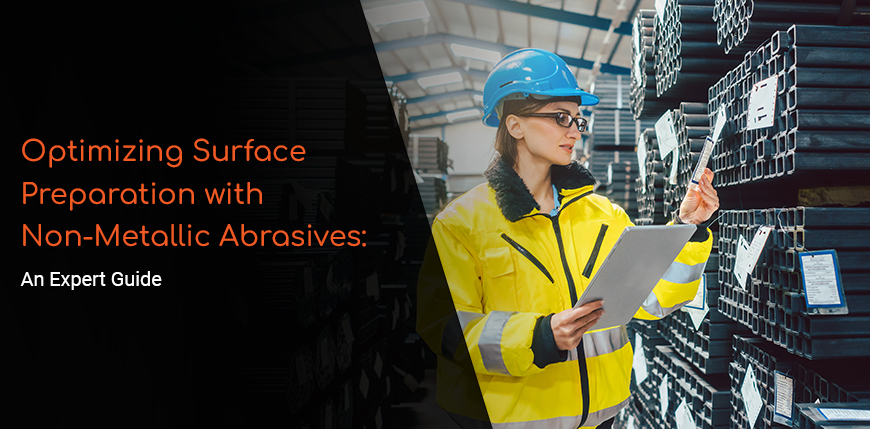

Understanding the Mohs Hardness Scale in Abrasive Selection
The Mohs Hardness Scale is a crucial tool in selecting abrasive media, providing a standardized measure of scratch resistance. This article delves into how non-metallic abrasives measure up on the Mohs scale and discusses their applications based on hardness. By understanding where each abrasive stands on the Mohs scale, professionals can make informed decisions that lead to optimal surface treatment outcomes. Dive into the importance of the Mohs Hardness Scale in selecting non-metallic abrasives.
The Importance of Expert Guidance
Across all applications of non-metallic abrasives, the value of expert guidance cannot be overstated. Specialists in abrasive blasting and surface treatment can provide tailored advice to ensure that the selected media aligns with project goals, material considerations, and environmental standards. By consulting with experts, industries can maximize the efficiency and effectiveness of their surface treatment processes, achieving superior results with non-metallic abrasives.
Conclusion
Non-metallic abrasives offer a world of possibilities for enhancing surface treatment techniques. From the precision required in pre-stress treatments to the delicate touch needed for aesthetic enhancements and the rigorous demands of surface preparation, these abrasives provide effective solutions across a spectrum of applications. As we continue to explore the capabilities and benefits of non-metallic abrasives, the guidance of industry experts remains invaluable in navigating these choices for optimal outcomes.




